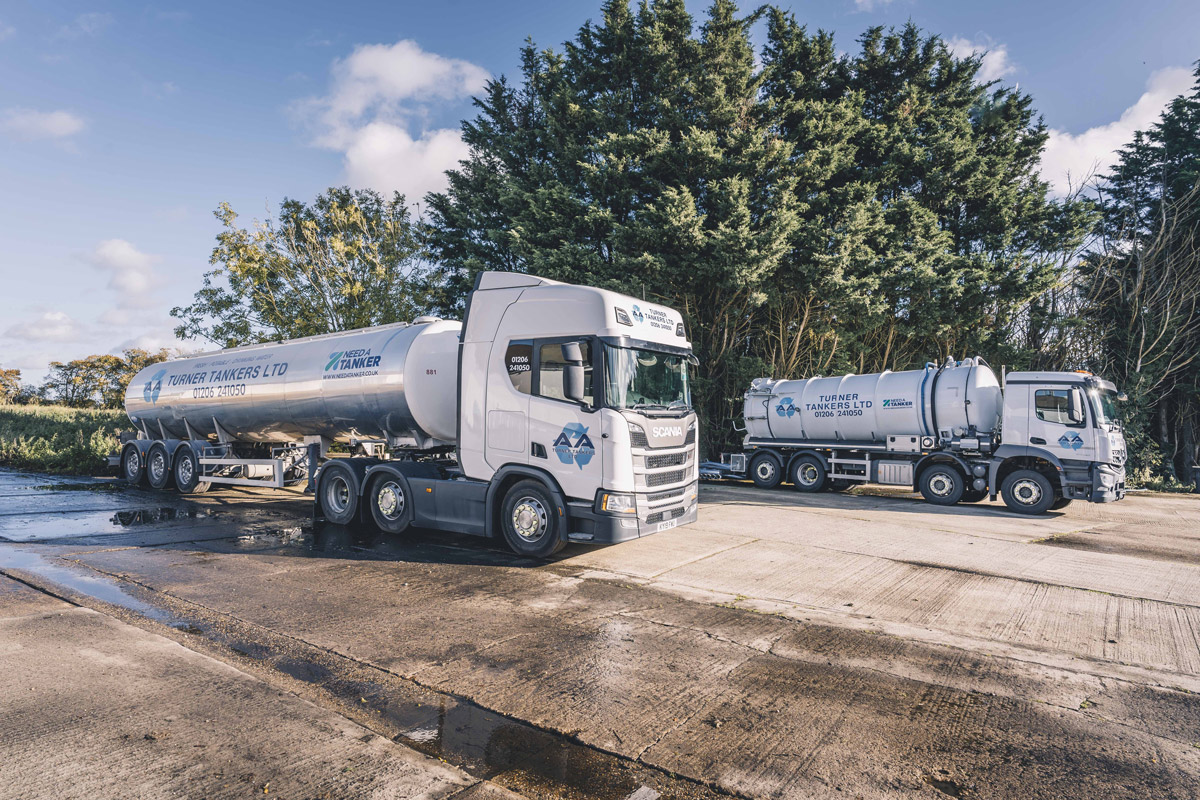The Basic Principles Of Reclaim Waste
The Basic Principles Of Reclaim Waste
Blog Article
The Reclaim Waste PDFs
Table of ContentsNot known Details About Reclaim Waste Fascination About Reclaim WasteThe Ultimate Guide To Reclaim WasteSome Known Details About Reclaim Waste A Biased View of Reclaim Waste
Residential sewer waste refers to the waste and items from a property septic tank. The correct management and disposal of domestic sewer waste require liquid waste to be transferred to a sewer treatment plant where the correct approaches and equipment are used to detoxify and dispose of waste.
Business waste commonly includes prospective hazards, such as combustible products or a combination of fluid and strong waste items, and requires a much more sophisticated and thorough disposal process. The disposal of business waste usually entails the purification of waste before transport to ensure risk-free and proper disposal. Industrial waste is developed from byproducts and drainage of commercial procedures and manufacturing.
This type of waste can not utilize the very same sewage monitoring transport or processes as septic or commercial fluids. The hazardous waste monitoring procedure requires the evaluation and screening of fluid waste before it goes through the disposal procedure (liquid waste removal). Drainage waste is the fluid waste that originates from runoff and excess stormwater in highly populated areas or cities
Overflow waste can trigger contamination and flooding otherwise managed appropriately. Find out more concerning sewer cleaning and waste monitoring. Ensuring appropriate waste monitoring can avoid calamities and lower ecological injury. Both people in domestic settings and experts in business or manufacturing markets can gain from recognizing the processes and policies of liquid waste monitoring.
8 Simple Techniques For Reclaim Waste
Call PROS Services today to learn more about our waste management and disposal services and the appropriate ways to take care of the liquid waste you create.
(https://www.mixcloud.com/reclaimwaste1/)This supposed 'wastewater' is not just a crucial source yet, after therapy, will be released to our land, waterways or the sea. Utilized water from commodes, showers, bathrooms, kitchen sinks, washings and industrial procedures is known as wastewater.

water used to cool down equipment or clean plant and equipment). Stormwater, a form of wastewater, is overflow that flows from agricultural and city locations such as roofings, parks, yards, roads, courses and seamless gutters right into stormwater drains, after rain. Stormwater flows unattended directly to local creeks or rivers, at some point reaching the ocean.
The Best Guide To Reclaim Waste
In Queensland, a lot of wastewater is treated at sewage treatment plants. Wastewater is transported from domestic or industrial websites via a system of drains and pump terminals, understood as sewerage reticulation, to a sewage therapy plant.
The Department of Natural Resources advises city look at here governments about handling, operating and keeping sewerage systems and therapy plants. In unsewered locations, city governments may call for owners to set up individual or home sewer therapy systems to treat domestic wastewater from bathrooms, kitchens, shower rooms and laundries. The Division of Natural Resources authorizes the use of home systems when they are shown to be efficient.
The majority of stormwater obtains no treatment. In some brand-new subdivisions, therapy of some stormwater to eliminate litter, sand and crushed rock has actually begun making use of gross contaminant traps. Wastewater therapy takes place in four stages: Removes solid issue. Larger solids, such as plastics and other things wrongly released to drains, are removed when wastewater is travelled through displays.
Makes use of tiny living organisms understands as micro-organisms to break down and get rid of staying liquified wastes and great fragments. Micro-organisms and wastes are incorporated in the sludge.
A Biased View of Reclaim Waste
Nutrient elimination is not readily available in all sewer therapy plants since it requires costly specialised equipment. It is ending up being much more common in Queensland. Clear liquid effluent created after treatment might still consist of disease-causing micro-organisms. If this effluent is released into waterways such as rivers or the sea, the micro-organisms will at some point die out.

This usually means wastewater needs to be treated or contaminants removed before it can be released to rivers. The majority of wastewater moves into the sewage system. Under the Act, neighborhood governments administer approvals and licences for ecologically relevant tasks (Periods) including wastewater releases that may have a local influence. The division carries out approvals and licences to Periods entailing wastewater releases that may have a local or statewide impact.
Reclaim Waste Fundamentals Explained
Or else, samples are considered laboratory evaluation. Frequently lots of tests are required to develop the levels of each of the various toxins such as oils, hefty metals and chemicals in water. Surveillance offers accurate details about water high quality and can validate that permit conditions are being satisfied. The details acquired via surveillance provides the basis for making water quality choices.
Report this page